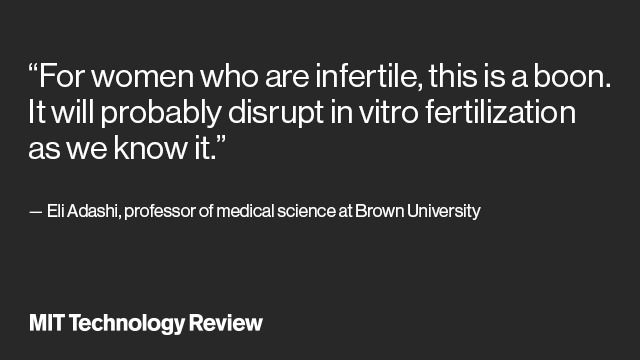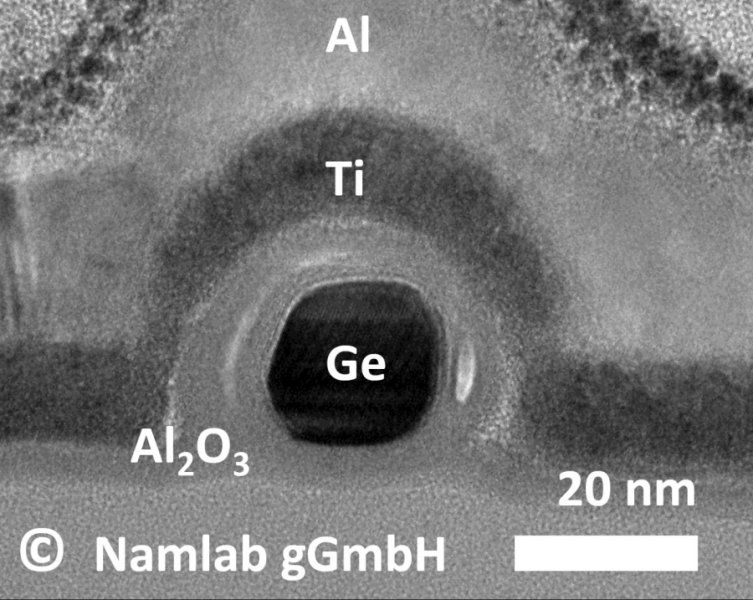
Category: innovation – Page 236


$100 million Breakthrough Starshot small interstellar probe project will start funding technological development in a few months
Leaders of the mission plan to start funding technology-development projects within months, with the aim of launching a fleet of tiny, laser-propelled probes in the next 20 years. The effort would ultimately cost about $10 billion, leaders hope, and take another 20 years to reach Alpha Centauri.
The first truly challenging step in any mission such as Breakthrough Starshot is to accelerate the spacecraft to interstellar velocities.
Stephen Hawking Discusses Breakthrough Starshot
To learn more about Breakthrough Starshot, visit http://breakthroughinitiatives.org.
On the fifty-fifth anniversary of Yuri Gagarin’s great leap into space, April 12, 2016, Yuri Milner was joined by Stephen Hawking at New York’s One World Observatory to announce Breakthrough Starshot, which will lay the foundations for humanity’s next great leap: to the stars. It was also announced that Mark Zuckerberg joined the board of the initiative.
Breakthrough Starshot is a $100 million research and development program, aiming to establish proof of concept for a ‘nanocraft’ – a fully functional space probe at gram-scale weight – driven by a light beam. A spacecraft like this, equipped with a lightsail, has the potential to reach twenty percent of the speed of light – or 100 million miles an hour. At that speed, it could reach Alpha Centauri, our nearest star system, in around 20 years. Using the fastest conventional rocket propulsion system available, the same journey would take tens of thousands of years.
This new scientific initiative is committed to international collaboration, open access and open data. It aims to represent all of humanity as one world, stepping out into the galaxy within a generation.

Pterostilbene an anticarcinogenic breakthrough
Pterostilbene showing some interesting potential for treating cancer.
One of the most common forms of cancer in the hematologic system is Multiple myeloma (MM) which affects plasma cells, a type of white blood cell that produces antibodies. With advanced symptoms bone pain, bleeding, frequent infections, and anemia may occur.
In studies, Pterostilbene has shown anti-inflammatory and anticarcinogenic properties which has led to the improved function of healthy cells and the inhibition of malignant cells. So far its anticarcinogenic action has been reported for lung, breast and prostate cancers. Today we will look at the latest research showing how it could be used to treat cancer patients.
A better Resveratrol
As we already explaining through this dedicated website, Pterostilbene is a naturally occurring dietary compound, first discovered in 1977 by Langcake and Pryce. Pterostilbene is chemically related to resveratrol but with better bioavailability due to the presence of two methoxy groups which cause it to exhibit increased lipophilic and oral absorption. In animal studies, pterostilbene was shown to have 80% bioavailability compared to 20% for resveratrol suggesting it is a superior choice in direct comparison.
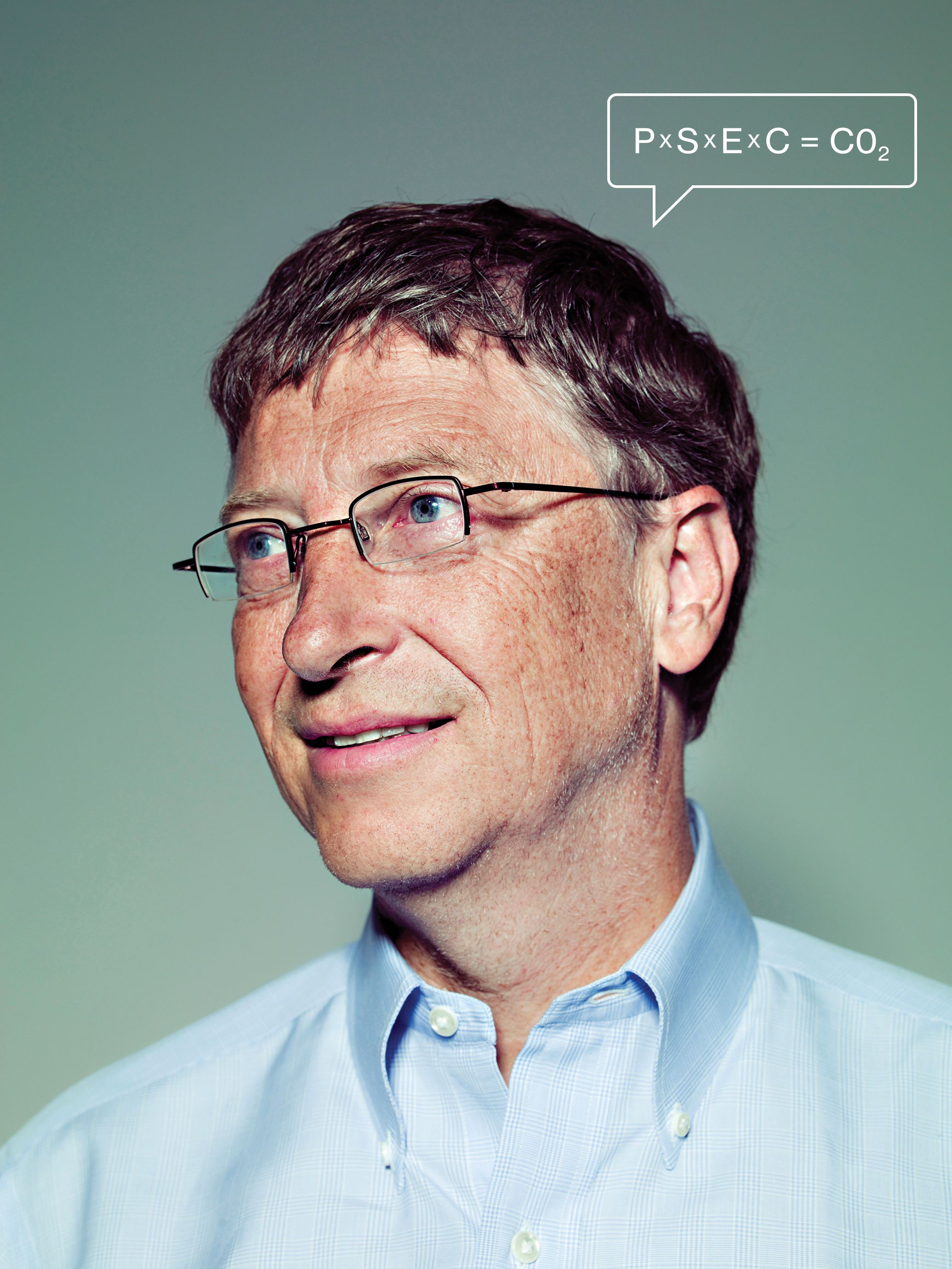

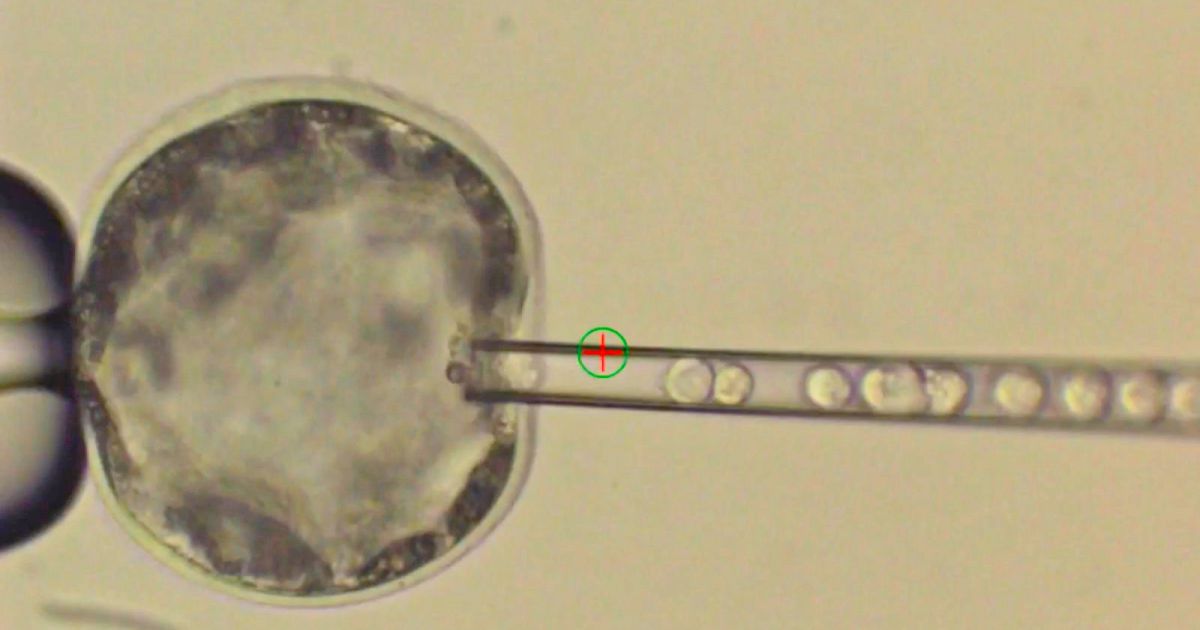

Sound waves create whirlpools to round up tiny signs of disease
DURHAM, N.C. — Mechanical engineers at Duke University have demonstrated a tiny whirlpool that can concentrate nanoparticles using nothing but sound. The innovation could gather proteins and other biological structures from blood, urine or saliva samples for future diagnostic devices.
Early diagnosis is key to successfully treating many diseases, but spotting early indicators of a problem is often challenging. To pick out the first warning signs, physicians usually must concentrate scarce proteins, antibodies or other biomarkers from small samples of a patient’s body fluid to provide enough of a signal for detection.
While there are many ways to accomplish this today, most are expensive, time-consuming or too cumbersome to take to the field, and they might require trained experts. Duke engineers are moving to develop a new device that addresses these obstacles.
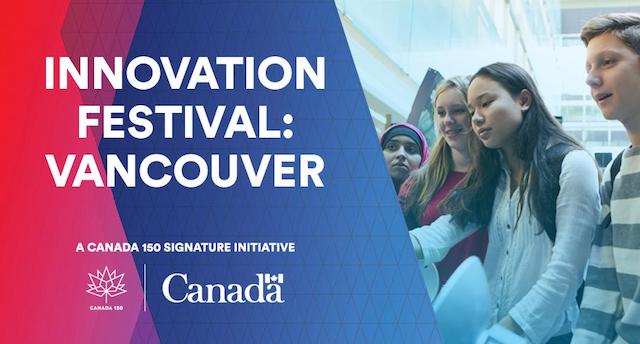
Innovation150 Kick Off at Science World
Sharing in case anyone is interested in attending.
What do the Walkie-Talkie, IMAX, the egg carton, instant mashed potatoes and the sport of hockey all have in common? They were all Canadian inventions! You can celebrate Canada’s innovative past, present and future for our country’s 150th anniversary when the Innovation150 National Tour launches at Science World next week. Innovation150 Kick Off at Science World The cross-country Innovation150 tour will celebrate Canadian ingenuity and inspire the innovators of tomorrow. Locally, from January 19 to February 3, 2017, Science World and Innovation150 are organizing a city-wide celebration of Canada’s innovative past, present and future for our country’s 150th anniversary. Innovation.
